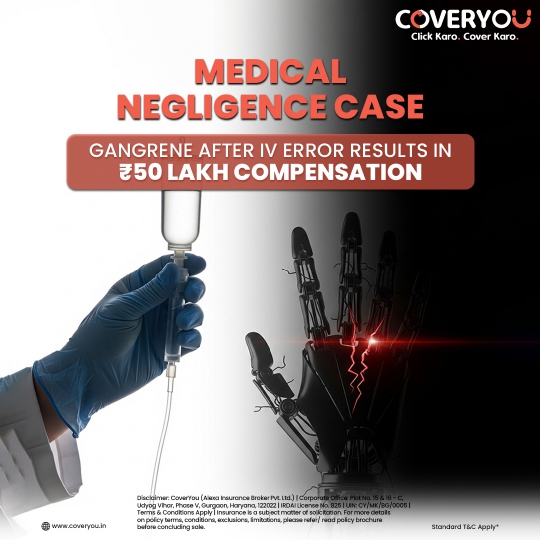How to Write a Research Proposal in Biotechnology is something that students and researchers alike wonder about, not so much in class, but in quiet moments of introspection when a student’s interest becomes determination, or a researcher finally musters up the courage to pursue a daring, untested hypothesis.
Ultimately, a research proposal is not exactly a piece of paper. It’s a shot in the dark. It tells you: I have a question that nobody’s answered yet. And it’s worthwhile asking. In biotechnology, an area where thoughts can someday prevent blindness or grow crops in desert lands, hope has to be more than ardor. It has to be specific. And that’s when the art of writing a research proposal starts.
The Proposal is Not Science. It’s the Story of Why Science Matters
Science begins in the lab. But funding, credibility, mentorship all begin with a proposal. It’s the first mirror that shows you whether your idea is sharp enough to withstand criticism and kind enough to be worth helping. An excellent proposal doesn’t simply show that you know your discipline. It shows you know why your work is important to the world.
And yet, the vast majority of proposals fall into one of two traps: either they’re too technical to be understood by non-technical people, or too general to be worth taking seriously. The sweet spot is a mix of rigorous, readable, ambitious, and grounded.
Start with Purpose, Not Just Protocol
Before you even lay your hands on your keyboard, stop. Ask yourself: What problem am I trying to solve? Who does it impact? And why should anyone care?
The most effective research proposals in biotechnology do not start with methods. They start with meaning. The emergence of multi-drug resistant bacteria, the demand for accelerated vaccine development, and gene therapies for genetic disorders are not abstractions. They are crises. They are personal. Begin there. Begin with people.
Structure Is Not Optional, But Style Sets You Apart
The anticipated skeleton of a research proposal is well-known:
- Title
- Abstract
- Background/Literature Review
- Research Questions or Hypotheses
- Methodology
- Budget and Timeline
- References
But structure alone will not propel your proposal. Your reader, usually a reviewer with 15 other applications to read, is seeking clarity, reason, and emotional clarity. Talk to both the mind and the heart. Don’t simply state “we plan to use CRISPR-Cas9 to test gene expression.” State, “We plan to see if CRISPR can repair the gene defect responsible for childhood spinal muscular atrophy, a disease that leaves thousands of babies paralyzed before the age of two.” Now you have their attention. Now they care.
Your Literature Review Should Be a Bridge, Not a Wall
Too many literature reviews sound like laundry lists of papers. The best ones sound like living conversations, analytical and infused with a quiet tension: Here’s what we know. Here’s what we don’t. And here’s where I come in. You’re not summarizing research. You’re positioning yourself within it. Show you’ve read widely, but more importantly, show that you’re ready to think beyond what’s been done.
Methodology: The Blueprint of Believability
Here, your tone must shift: from narrative to blueprint. Every tool, technique, and timeline must make sense. Avoid jargon for jargon’s sake. If you’re using cell cultures, explain why. If you’re proposing RNA sequencing, show how it will answer your research question more precisely than existing techniques.
And if you’re using any emerging methods such as synthetic biology circuits or AI-assisted protein folding, be ready to defend them not only on technical merit but on ethical and practical grounds.
Budget: The Ethics of Money
There is dignity in requesting funding and responsibility. A good budget is not there to impress. It is there to demonstrate that you understand the cost of your vision. Be open. Reveal your workings. Trust the intelligence of the reader and the reader’s trust.
Tone Matters More Than You Think
Never underestimate tone. If you’re too aloof, you will risk apathy. Too emotional, and you’ll risk appearing unserious. Discover a tone that is a reflection of what you are: a thinker with a heart. A scientist with backbone. A dreamer who can also draw charts and pursue results.
Conclusion: This Is Your First Act of Leadership
How to prepare a research proposal in biotechnology is not only a technical problem. It is the practice for a world in which your thoughts will be disputed, your beliefs challenged, and your results analyzed. Writing a superb proposal involves getting up and asserting: This is the question that I care about. This is how I’ll attempt to respond to it. And this is why it is important. Do it with truth, with fire. Do it like your science, and the world depends on it. Because it just might.
Source
















